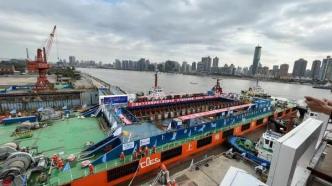

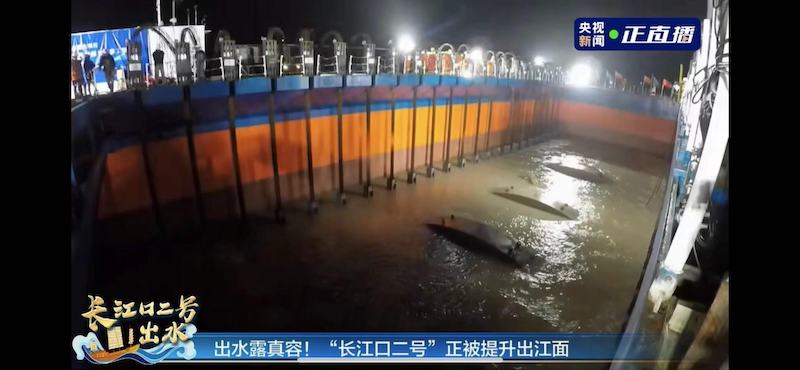
At the salvage site, "Yangtze River No. 2" is being lifted out of the river
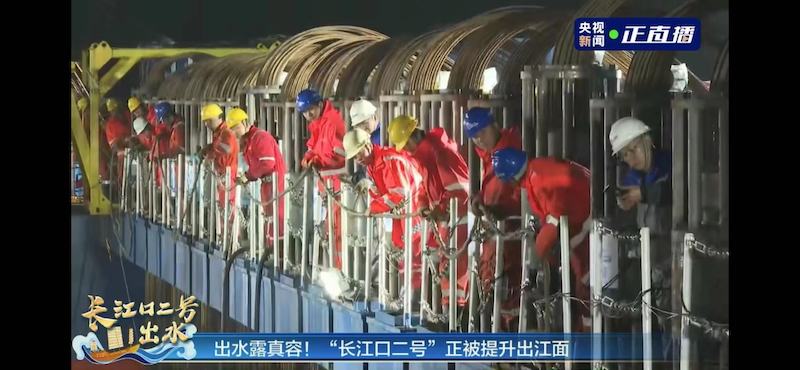
At the salvage site, "Yangtze River No. 2" is being lifted out of the river
Cultural relics and archaeological discoveries: fill in the gaps of ancient ships in the late Qing Dynasty
In 2015, under the guidance of the State Administration of Cultural Heritage, the Shanghai Municipal Administration of Cultural Heritage organized the Archaeological Research Center of the State Administration of Cultural Heritage, the Shanghai Cultural Relics Protection Research Center and other units to carry out key underwater archaeological investigations in the waters of Hengsha, Chongming, Yangtze River Estuary, through sonar scanning, etc. Technology discovered an ancient wooden ship, the archaeological number is "Yangtze River Estuary No. 2". In order to further understand the nature and age of the Yangtze Estuary No. 2 ancient ship, since 2016, domestic professional institutions such as the Archaeological Research Center of the State Administration of Cultural Heritage and the Shanghai Cultural Relics Protection Research Center have conducted underwater archaeological investigations and multidisciplinary research on the ancient ship every year. Research.
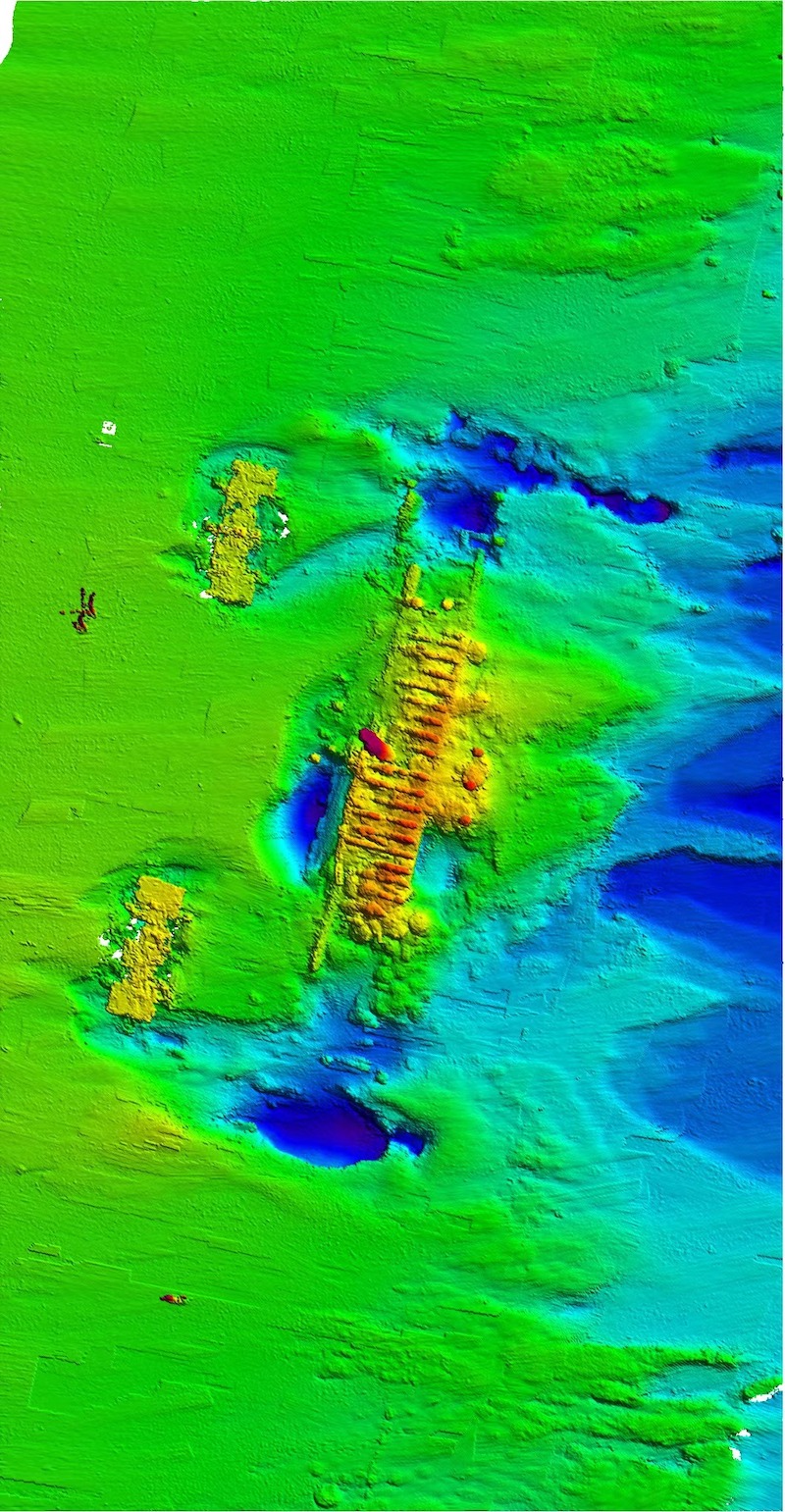
Multi-beam sonar image of the Yangtze River Estuary No. 2 ancient ship
After 7 years of underwater archaeological investigation and exploration, the basic situation of the No. 2 ancient ship at the mouth of the Yangtze River has been ascertained. The No. 2 ancient ship at the mouth of the Yangtze River is a wooden sailing ship, which was confirmed to be in the Tongzhi period of the Qing Dynasty (1862-1875 A.D.). The depth of the waters is 8-10 meters. 9.9 meters, has been proven to have 31 cabins. The structure of the upper part of the ancient ship, such as the bow, cable piles, main mast, left and right sides, etc., is complete. Judging from the current survey situation, it is speculated that it is most likely to be a sand ship that was widely used in Shanghai in the Qing Dynasty. Through the small-scale cleaning of four cabins, neatly stacked Jingdezhen kiln porcelain and other exquisite cultural relics were found in the cabins. In addition, a large number of cultural relics such as purple sandware, Vietnamese hookah tanks, wooden bucket remnants, masts, large ship materials, iron anchors, palm cables, pulleys, and building materials were also found in and around the hull. In particular, the book on the bottom of the green-glazed cup that came out of the water has the inscription "Tongzhi Year System", which provides an important basis for the dating of ancient ships. In 2021 and 2022, the Shanghai Municipal Bureau of Cultural Relics organized underwater archaeological institutions twice to conduct underwater surveys on the No. The complete bean-green glazed blue-and-white vase and other large-scale complete vessels, as well as a batch of ceramics produced in Yixing Kiln, Jiangsu.

Ancient ship mock-up

Qing Tongzhi Jingdezhen Kiln Bean Green Ground Heap White Blue and White Panasonic Gao Shitu Amphora

Qing Tongzhi Jingdezhen Kiln Bean Green Glaze Bowl
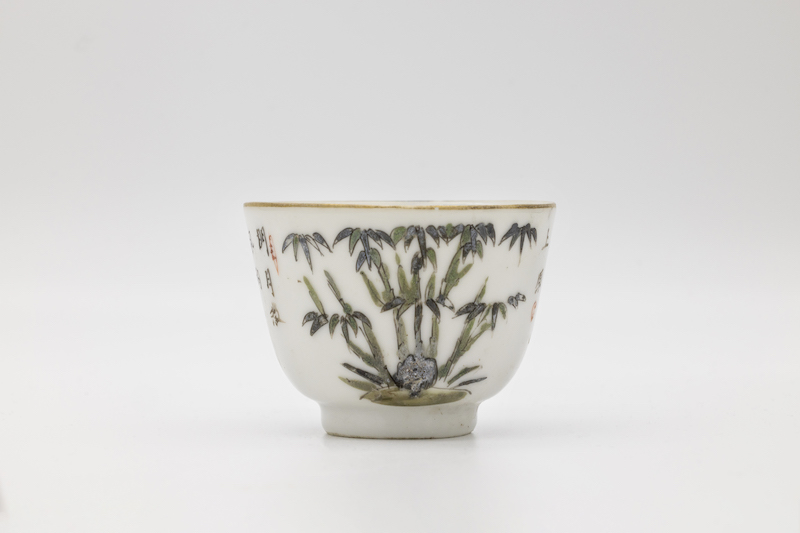
Qing Tongzhi Jingdezhen Kiln Pastel Green Bamboo Pattern Ink and Color Poetry Cup
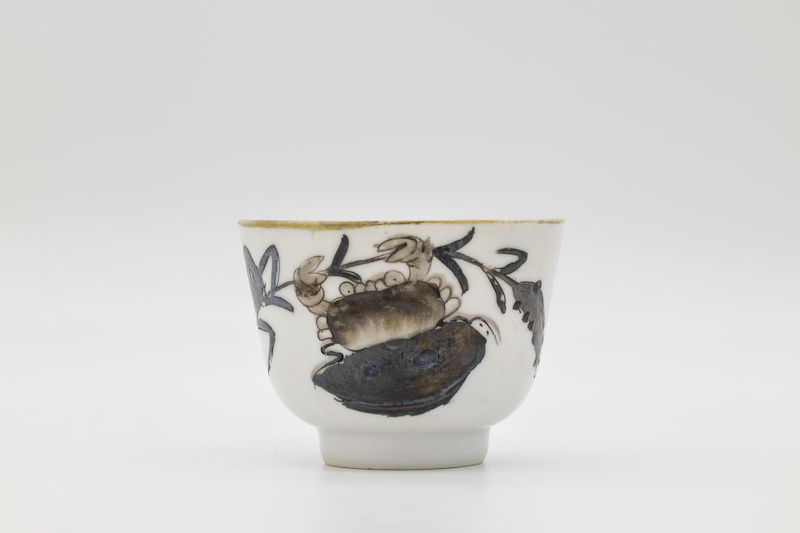
Qing Dynasty Tongzhi Jingdezhen Kiln Pastel Erjia Biography Cup

Qing Tongzhi Jingdezhen kiln green glaze cup
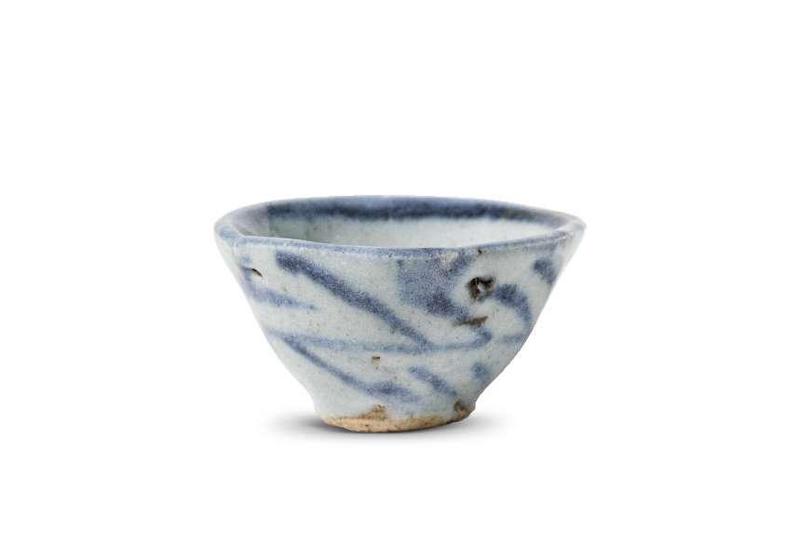
Qing Tongzhi Jingdezhen Kiln Blue and White Variant Lingzhi Pattern Small Cup
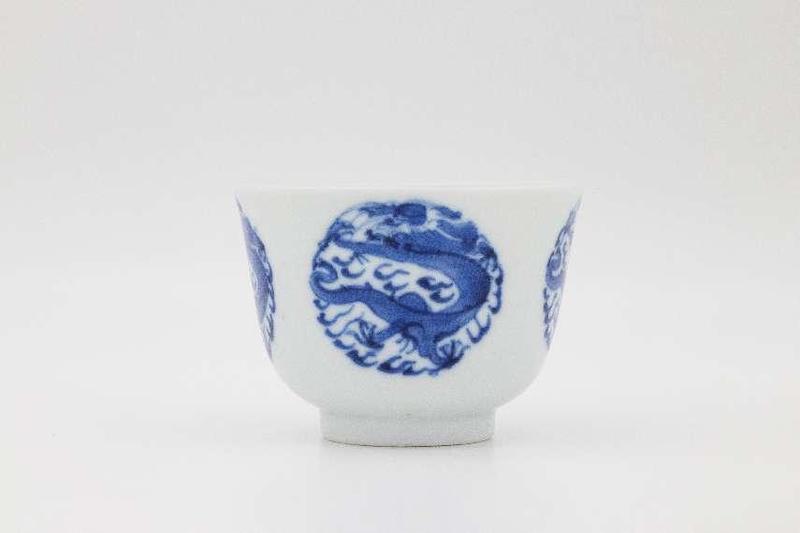
Qing Tongzhi blue and white cup with dragon pattern
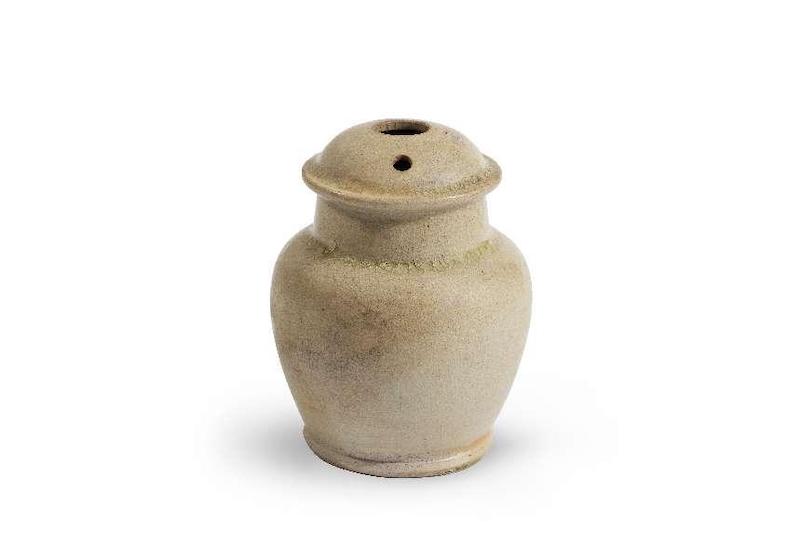
19th Century Kiln Mouth Celadon Glazed Hookah Jar in Vietnam
It can be said that the No. 2 ancient ship at the mouth of the Yangtze River is another milestone discovery in China's underwater archeology. It has opened up a blank in the study of large wooden sailboats in the late Qing Dynasty in my country, and is a precious cultural heritage. At the same time, Changjiangkou No. 2 is also the first ancient ship that underwater archaeologists actively discovered and conducted archaeological investigations during the national underwater cultural relics survey. The research on the history of ceramics, ceramics and economics is of great significance.
Great integration of scientific and technological innovation: the world's first salvage technology has achieved success
From the discovery of the Yangtze Estuary No. 2 ancient ship to the underwater investigation, and then to the overall salvage, technological empowerment has always been an important method and core driving force to promote ancient ship archaeology and cultural relics protection. In the Yangtze River Estuary, where the visibility is almost zero, looking for underwater cultural heritage is like finding a needle in a haystack. The muddy water environment is an extremely difficult bottleneck in the development of underwater archeology in China and the world. At the beginning of the underwater archaeological work, the Shanghai Municipal Administration of Cultural Heritage organized archaeological workers and scientific and technological workers from the Archaeological Research Center of the State Administration of Cultural Heritage, the Shanghai Cultural Relics Protection Research Center, Shanghai University, and the National Underwater Cultural Heritage Protection Ningbo Base to carry out Cross-border cooperation, joint research, independently developed the "Underwater Imaging Device for Muddy Waters" that won the national patent, and developed the "Key Technology and Application of Robotic Underwater Archaeological Equipment" that won the second prize of the Shanghai Science and Technology Award. Marine geophysical equipment such as unmanned boats, multi-beam sonar, side-scan sonar, shallow strata profilers, and magnetometers have carried out underwater surveys in the waters of the Yangtze River Estuary. The integration and development of technological innovation has become the most important factor in the discovery of the No. 2 ancient ship in the Yangtze River Estuary.
After the State Administration of Cultural Heritage agreed to adopt an overall salvage method to protect the ancient ship No. The world's first "curved beam non-contact overall migration technology of cultural relics" was formed to salvage this ancient ship. This technology is a brand-new salvage solution proposed on the basis of bold scientific research and technological innovation. It creatively integrates nuclear power arc beam processing technology, tunnel shield tunneling technology, immersed tube tunnel butt joint technology, and uses hydraulic synchronous lifting technology. , integrated monitoring system, etc., the world's most advanced high-tech. In addition, in order to smoothly and safely lift the caisson formed by the curved beam and escort it to the dock, a special salvage engineering ship "Fenli Wheel" was creatively designed and built. The main scale of "Fenli Wheel" is 130 meters long, 34 meters wide, 9 meters deep, with a design draft of 6 meters, synchronous lifting devices at both ends, opening in the middle of the ship, and a moon pool with a length of 56 meters and a width of 20 meters . The curved beam caisson loaded with the ancient ship after the completion of the beam penetration is directly lifted from the seabed to the central moon pool by the "Fenli wheel", and then transferred and unloaded to the dock. One ship has completed the three tasks of lifting, transporting and unloading, which is safe High performance, strong operability, high technological content and many other advantages.
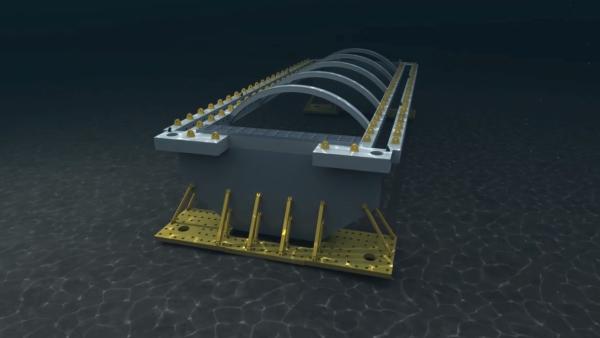
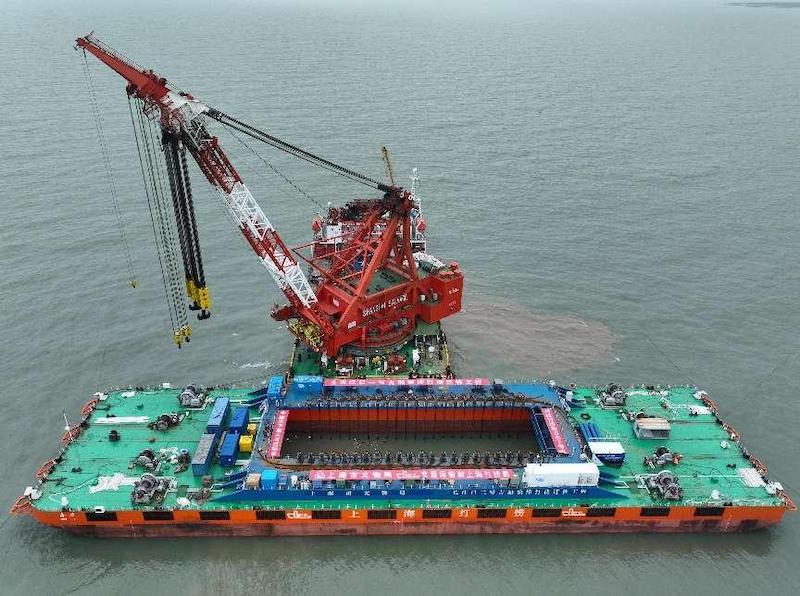
Hercules and the Wheel of Endeavor
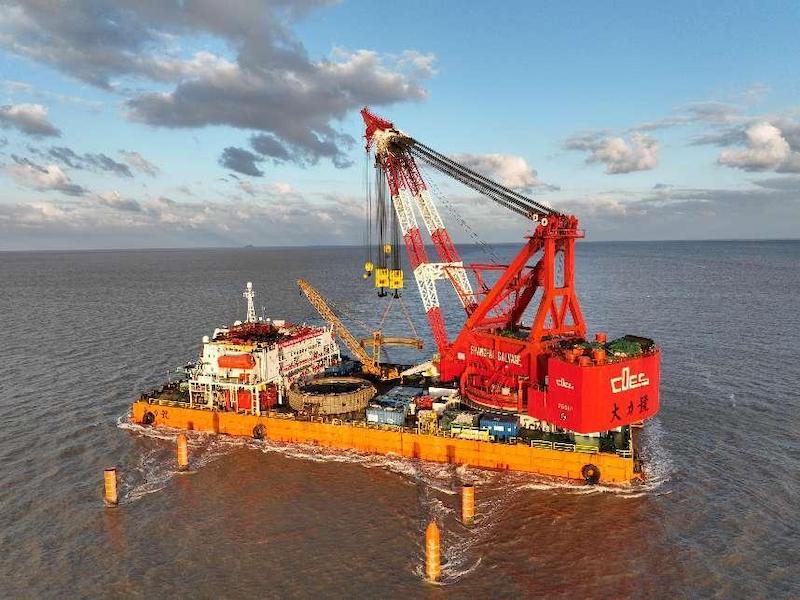
Arc beam piercing beam site

Arc beam piercing beam site
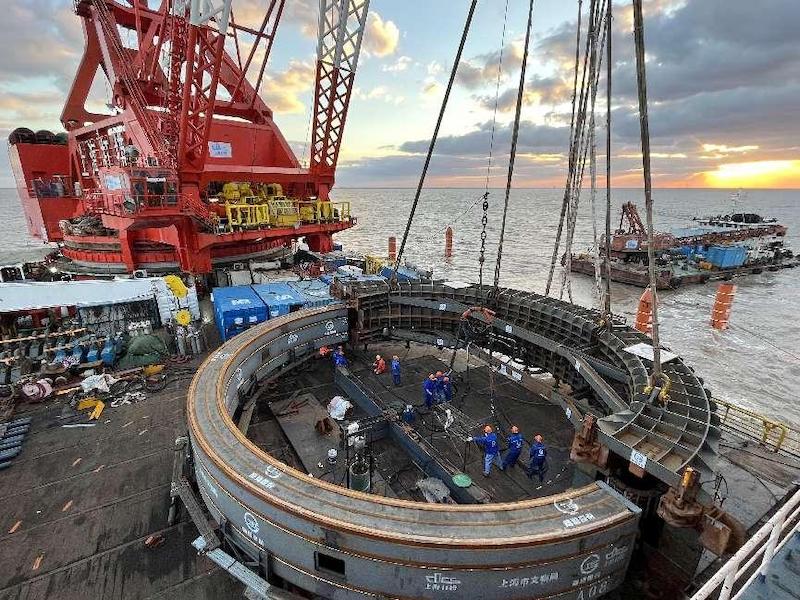
Arc beam piercing beam site
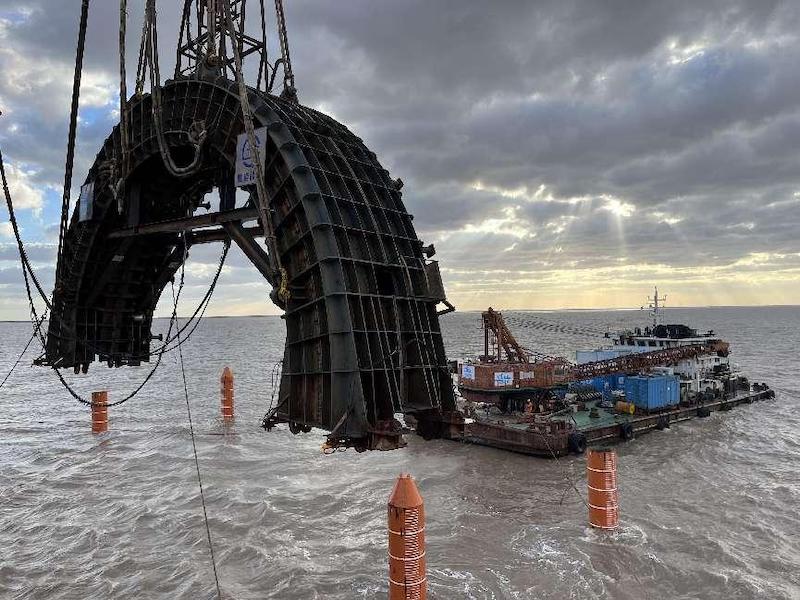
Arc beam piercing beam site
On September 6 this year, the main operation ship "Dali" of the overall salvage project of the No. 2 ancient ship in the Yangtze River Estuary arrived at the waters where the ancient ship was located, and officially launched the overall salvage and archaeological protection of the ancient ship. On September 12, the "end plate-longeron" composite frame dedicated to the overall salvage of ancient ships was sunk to the design position. On September 29, offshore construction entered the stage of installing curved beams, and the first set of 22 sets of curved beams was officially passed down. On November 15th, the 22nd group of arc-shaped beams was put in place. On November 17, the special engineering ship "Fenli" arrived at the waters where the ancient ship was located, and the overall salvage entered a critical stage. After more than 70 days of hard work at sea, the ancient ship was successfully salvaged as a whole. Under the influence of the new crown epidemic, the overall salvage of the Yangtze River Estuary No. 2 ancient ship can still be carried out smoothly within 2022. The advanced nature, stability and safety of beam salvage technology. These technologies, which are first applied in the field of archaeology and cultural relics protection, fully reflect the integrated development of cultural relics protection and scientific and technological innovation, provide new methods, open up new ideas, and add new cases for the overall salvage mode of underwater archaeology. It provides Chinese ideas and Chinese experience.
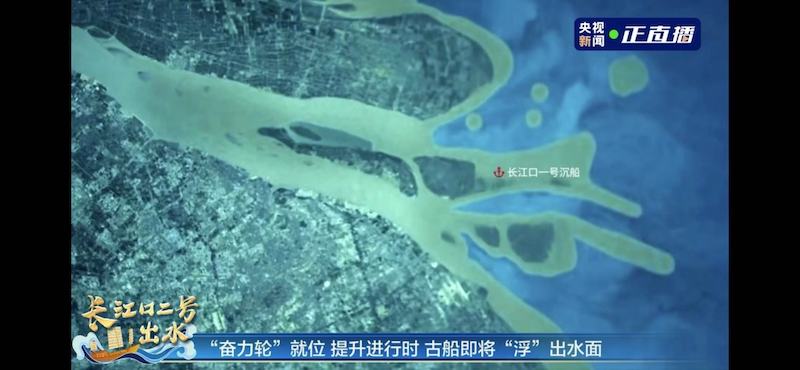
Salvage scene pictures
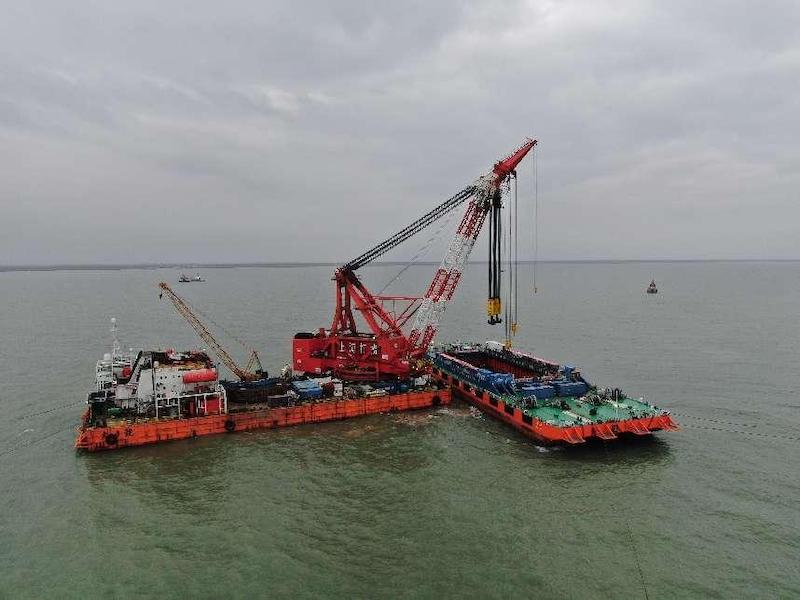
The site of salvage in the waters of the ancient ship ruins
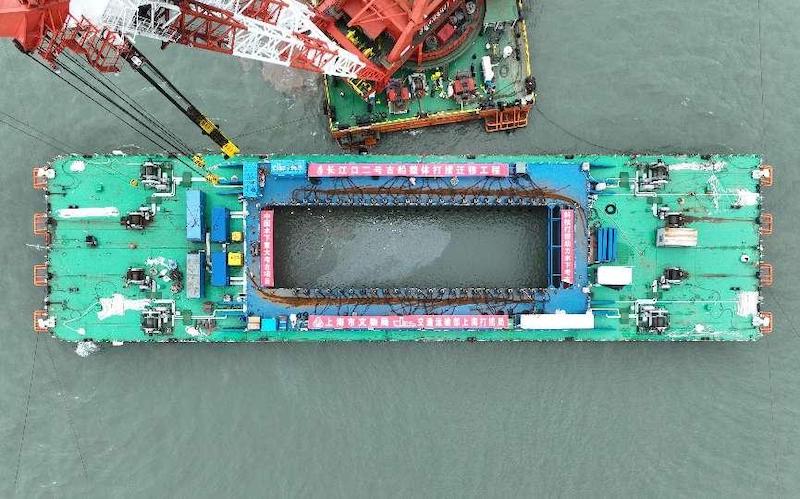
The site of salvage in the waters of the ancient ship ruins


